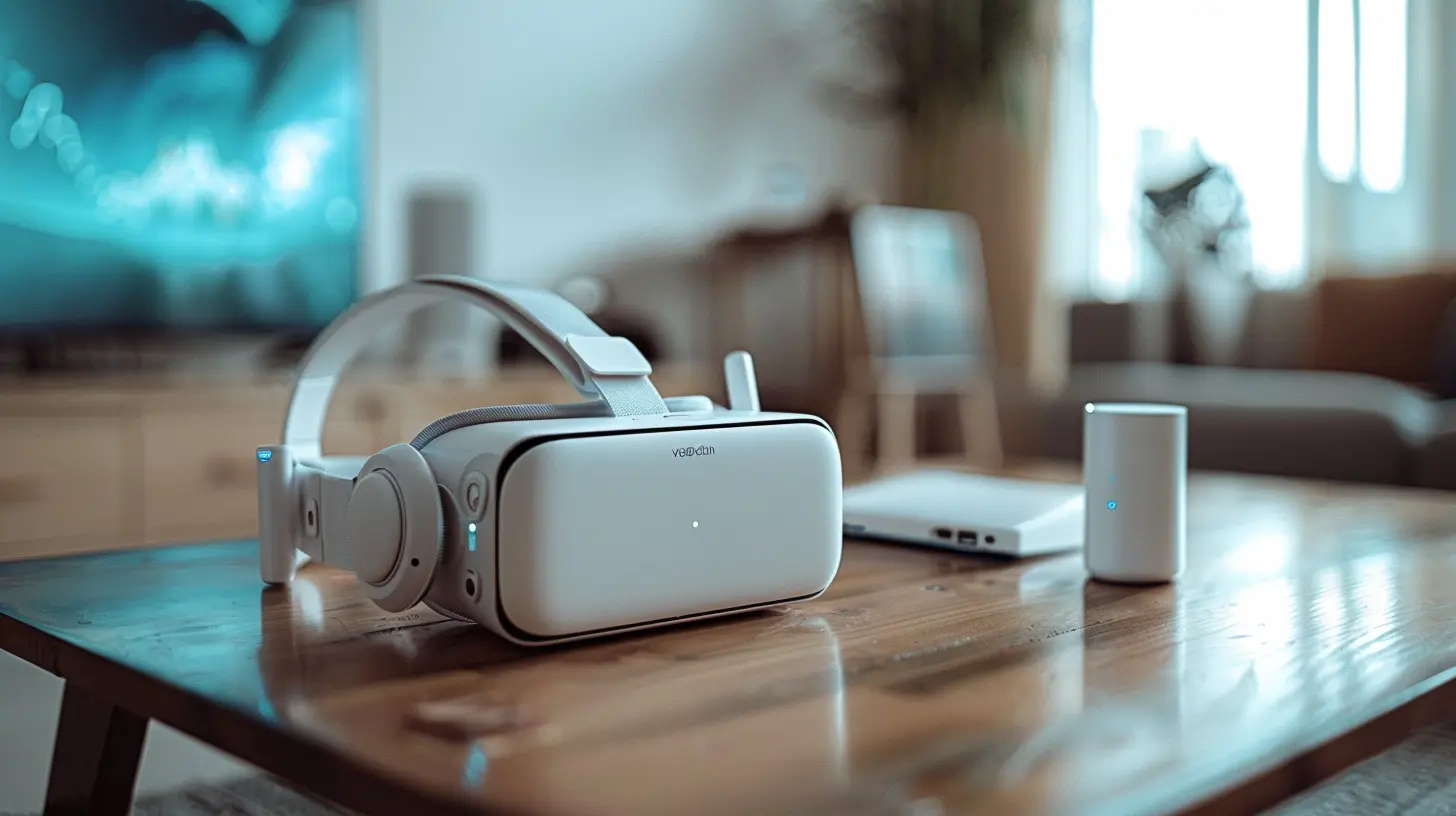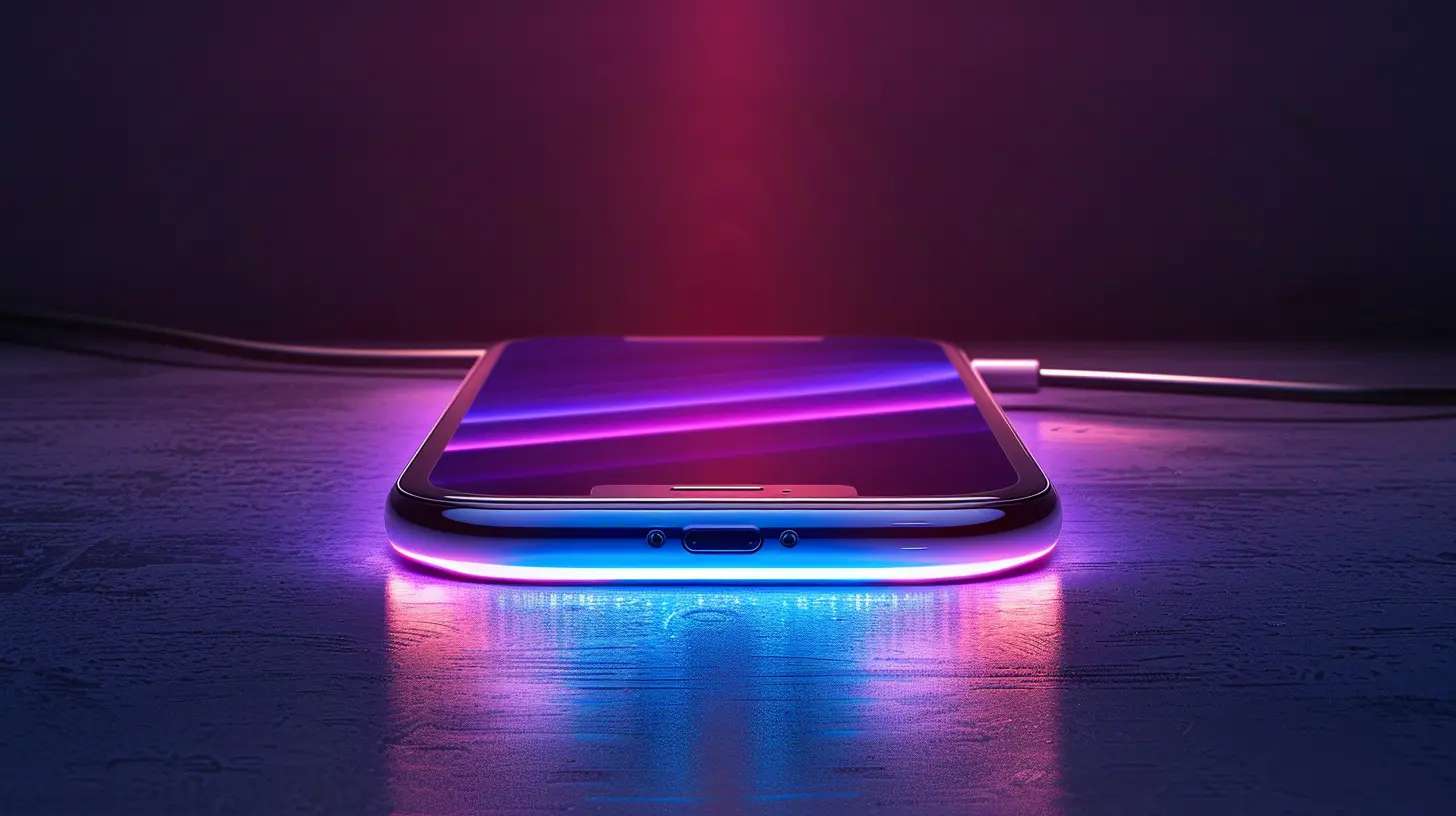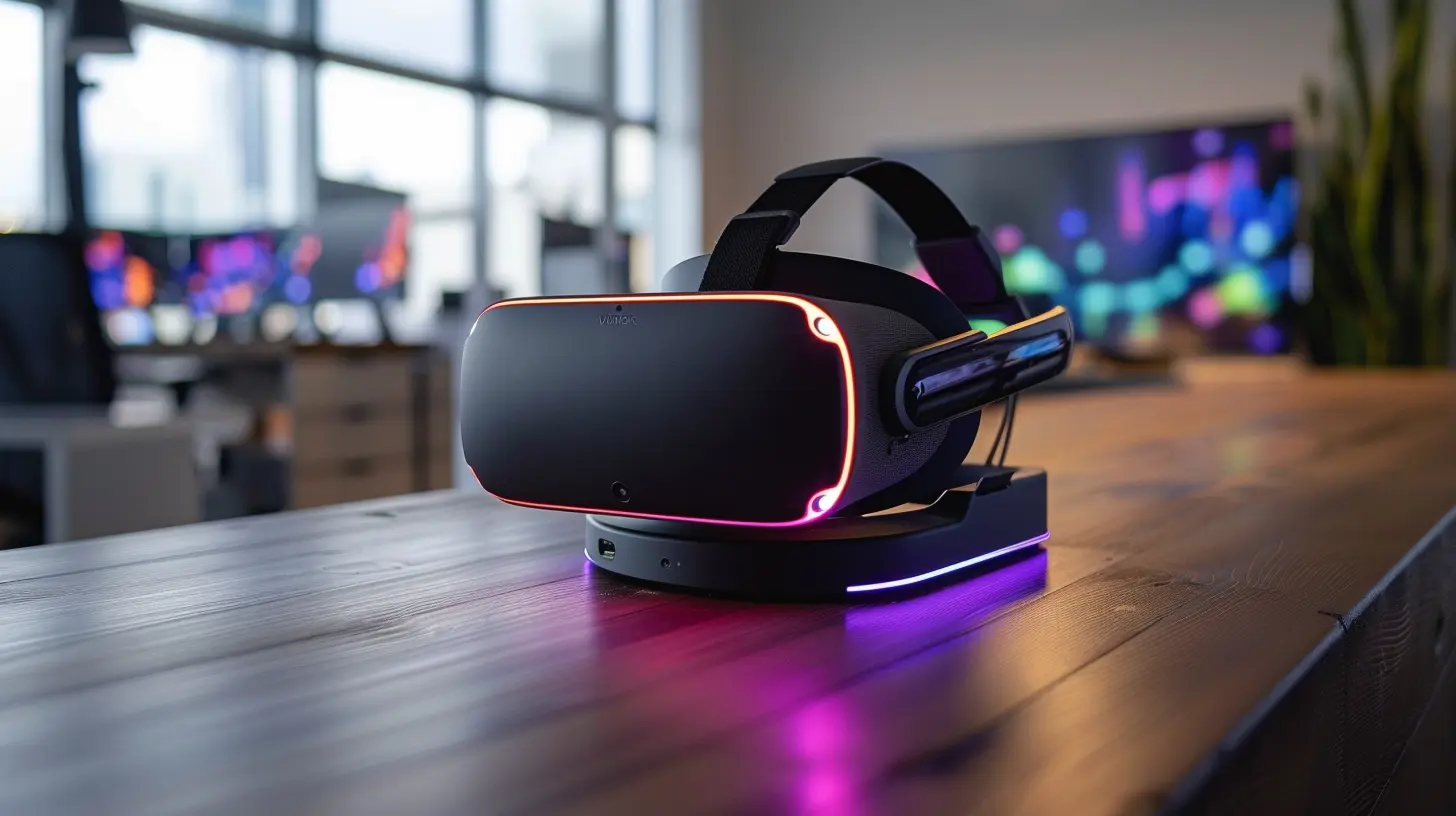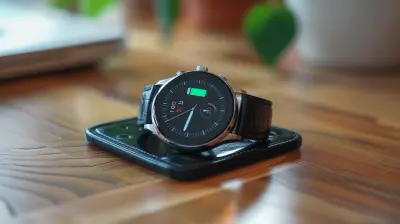4 April 2025
Augmented Reality (AR) and Virtual Reality (VR) technologies have drastically transformed how we interact with the digital world. Whether you’re slashing beats in Beat Saber, exploring virtual landscapes, or using AR for real-time navigation, one thing remains essential—power.
But let’s face it—dealing with tangled cables or constantly plugging and unplugging your headset is frustrating. That’s where wireless charging steps in to revolutionize the AR and VR experience.
In this article, we’ll dive into how wireless charging is enhancing AR and VR technology, eliminating the hassle of cables, and making these immersive experiences even better. 
The Growing Need for Wireless Charging in AR & VR
AR & VR Devices Demand More Power
AR and VR headsets are becoming more sophisticated, sporting high-resolution displays, powerful processors, and motion-tracking sensors. This results in a huge power drain, requiring frequent recharges, which can be annoying for users.Cables Disrupt the Experience
Imagine being fully immersed in a VR game or an AR-assisted task, only to feel a cable tug at your headset or restrict your movement. Not only does it break immersion, but it also limits mobility, making the experience less enjoyable.Wireless charging eliminates these issues, allowing devices to charge seamlessly without the need for physical connectors. 
How Wireless Charging is Changing AR & VR
1. Seamless Charging for a More Immersive Experience
You don’t want to pause your session just because your headset needs a charge, right?Wireless charging allows continuous power delivery, meaning AR glasses and VR headsets can charge while in use. For instance, some wireless charging mats let devices power up even when placed on a desk or dock.
This means fewer interruptions and more immersive experiences.
2. No More Cable-Related Wear and Tear
Let’s be real—constant plugging and unplugging wears down ports and cables over time. Loose connectors, frayed cables, and broken ports are common issues with wired charging.With wireless charging, you eliminate this wear and tear, ensuring your AR and VR devices last longer.
3. Enhanced Mobility and Convenience
In the world of VR gaming, mobility is everything. The last thing anyone wants is to trip over a charging cable while dodging enemy fire in a virtual battle.Wireless charging allows users to move freely without worrying about cables getting in the way. This is particularly crucial for VR-based training simulations and enterprise applications, where mobility is a priority.
4. Better Battery Management and Longevity
One major benefit of wireless charging technology is its ability to optimize battery health. Modern wireless chargers use intelligent charging algorithms to prevent overcharging, reduce heat buildup, and ultimately extend the lifespan of the battery.This means fewer battery replacements and an overall better user experience. 
Wireless Charging Technologies Elevating AR & VR
1. Inductive Charging
This is the most common form of wireless charging today and is widely used in smartphones and wearable devices. It relies on electromagnetic fields between a charging pad and the device.Pros:
- Works well for stationary charging docks
- Ideal for wireless charging stands for VR controllers and headsets
Cons:
- Requires physical contact with the charging surface
- Less efficient compared to other wireless charging methods
2. Resonant Charging
Resonant charging works similarly to inductive charging but allows for greater flexibility in positioning. Devices don’t need to be perfectly aligned with the charging surface, which makes it a better solution for VR and AR setups.Pros:
- Can charge multiple devices at once
- Doesn’t require precise alignment
Cons:
- More expensive to implement
- Slightly lower efficiency than wired charging
3. Radio Frequency (RF) & Over-the-Air Charging
This is the future of truly wireless charging. RF charging can power devices without direct contact using radio waves, enabling AR glasses and VR headsets to charge continuously while in use.Pros:
- Completely eliminates the need for docks or cables
- Can charge multiple devices at a distance
Cons:
- Still in its early stages
- Not as widely available yet 
Practical Applications of Wireless Charging in AR & VR
Gaming & Entertainment
Imagine never having to stop a VR game because your headset died. Wireless charging can keep your devices powered during long gaming sessions, making wireless charging mats or room-scale wireless charging systems game-changers.Enterprise & Training Simulations
Industries like healthcare, aviation, and military training rely on VR for simulations. Wireless charging ensures that devices stay powered up without disrupting the workflow.Augmented Reality Smart Glasses
From Google Glass to Microsoft HoloLens, AR glasses are shaping how we interact with the world. Wireless charging solutions integrated into smart glasses cases can make recharging effortless.The Road Ahead: What’s Next for Wireless Charging in AR & VR?
The future of wireless charging in AR and VR looks incredibly promising. Advancements in long-range wireless power will soon allow multiple devices to charge simultaneously, without requiring a charging pad.Imagine walking into a room where your VR headset, controllers, and even AR glasses charge automatically—without any cables or pads.
Tech companies like Wi-Charge and Ossia are already working on solutions that could make distance-based wireless charging a reality, transforming how we use AR and VR devices.
Final Thoughts
Wireless charging is more than just a convenience—it’s a game-changer for AR and VR. It removes the hassle of cables, enhances immersion, and improves device longevity.As technology continues to evolve, the dream of a fully wireless AR/VR future is becoming a reality. Whether you're a hardcore gamer, a tech enthusiast, or a business relying on VR simulations, wireless charging is set to transform your experience.
So, are you ready to cut the cord and embrace a truly wireless future?







Tatianna Moses
This article brilliantly highlights how wireless charging is revolutionizing AR and VR by providing uninterrupted power, enhancing user immersion and convenience. Exciting advancements for a more seamless tech experience!
April 25, 2025 at 8:47 PM